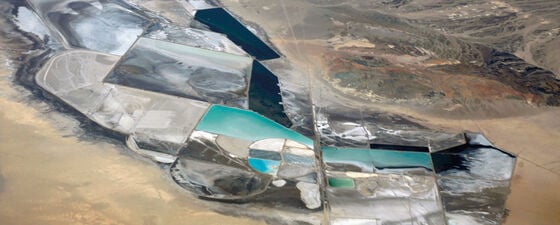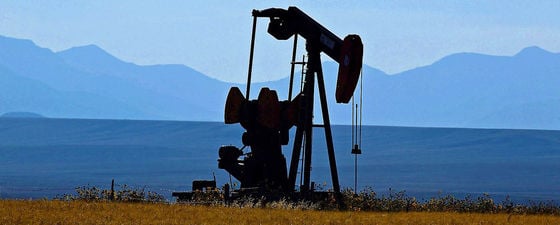It could turn out to be the discovery of the 21st century – or the duster of the year.
Some 1.2 Bbo have reportedly been discovered in the Horseshoe-1 and 1A wells in Alaska’s North Slope. If correct, this might be the biggest onshore discovery in the US in three decades. This North Slope find comes only a few months after Caelus Energy announced a potential supergiant Alaska oil discovery in the waters of Smith Bay (see Exploration Update – USA).
Both discoveries, even if they are huge, may, however, be dwarfed if Statoil has success with the Korpfjell prospect in the Barents Sea later this year.
According to American terminology, a major oil field has 100 MMbo or more in proven reserves. A giant field can recover more than 500 MMbo, while a supergiant has in excess of 5 Bbo reserves. In the best case scenario, the Korpfjell prospect has a potential for 10 Bb of recoverable oil. That’s a lot of oil.
In comparison, Statfjord, the largest field in the North Sea, has so far produced exactly 5 Bboe, thereby qualifying as a supergiant.
Seismic line across the Korpfjell prospect. While the potential reservoir sandstones are just beneath the seabed, the oil may have been sourced from the Permian at much greater depth. (Source: PGS/Kufpec)
Korpfjell has the potential to be twice as big. Korpfjell is situated in a license that was awarded in the Norwegian 23rd round and lies in the area of the south-east Barents Sea. This is very far north and only a few kilometers from the Russian border. It is definitely Arctic wildcatting.
The primary target is Jurassic sandstones with presumed excellent reservoir properties at very shallow depths (see seismic line above). Triassic sandstones with uncertain reservoir parameters constitute secondary targets. De-risking of the prospect will, of course, include detailed geologic analyses based on well and seismic data as well as 35 years of exploration experience. The geochemical and geophysical tool boxes have also been used extensively.
While 2D seismic has outlined the structure, 3D seismic will be necessary to understand the depositional systems and undertake AVO analyses. Published accounts indicate anomalies that reflect gas overlying oil (double flat spot), and suggest that the sedimentary sequence is ‘flush with gas’. There is every reason to believe we do have an active petroleum system in the area. Unpublished accounts, however, are a bit more pessimistic. CSEM data acquired by EMGS and analyzed by a Russian company indicate that the Jurassic sandstones do not contain hydrocarbons, while the same data point to possible hydrocarbons in the Triassic.
Drilling will start in the second quarter this year.
Advertisement



